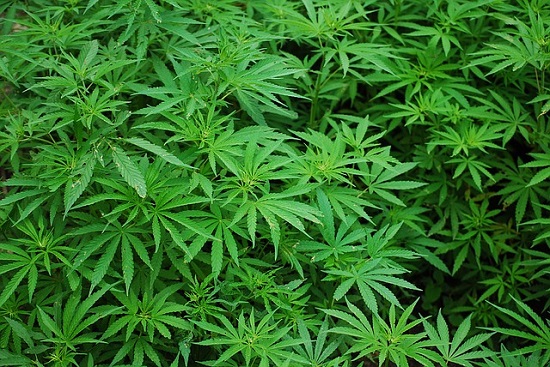Now that recreational marijuana is legal, the gorgeous leafy green plants are no longer relegated to live out their lives in basements under industrial-strength grow lights.
But if you’re interested in growing marijuana in Michigan, this doesn’t mean you can start setting those plants in a sunny living room window or a patch of garden in your backyard.
There are still rules, people.
The Rules for Growing Marijuana in Michigan
Here’s the nitty gritty.
You may grow up to 12 marijuana plants in your home.
If you’re growing them indoors, they cannot be visible to anyone outdoors.
And if you’re growing them outdoors, they must be in a locked enclosure (i.e. in a shed or a grow house) that’s not easily visible from public areas.
So yeah, they’re still imprisoned to some extent.
Plus, growing cannabis in that shed or grow house will offer up some additional challenges.
Here’s what you need to consider.
-
Choose the Proper Seeds and Clones
By proper seeds, we mean those that are suited to a northern climate.
Generally speaking, sativa varieties prefer equatorial climates. They’ve evolved to bask in the heat and warmth and take their sweet time blossoming. Like one of the Real Housewives of Orange County.
Indica varieties, on the other hand, hail from heartier northern climates. Like a revered Viking, these plants grow fast and kick butt to finish before the first frost.
Honestly, most cultivars these days are a hybrid of the two. But if you read the descriptions – and you should – look for the words “early finishing.” They’re far more likely to bring forth the bud before the frost comes.
-
Know the Frost Dates
If there’s a stretch of warm days in April, you may be tempted to get your seeds into the soil of your enclosed structure.
Bad idea.
Here in Michigan, we can easily get a frost well into May. So it’s important you know both the last and first frost dates for your location.
It’s good practice to always start your seeds indoors some time in March.
Then once you have some hearty and healthy seedlings after the date of that last frost, you can pop them in the ground. It should be properly warmed by then.
One great way to determine whether you’re in the safe zone is to consult the Farmer’s Almanac guidelines for tomatoes.
That’s because cannabis plants and tomatoes have about the same tolerance for heat and frost.
-
Humidity Is Not a Friend of Marijuana
We can get some pretty muggy summers here in the Great Lakes.
This isn’t a big deal in July. But in September when the buds are coming in, that humidity can mean mold.
To lessen the likelihood of moldy marijuana, give your plants the fullest amount of sun possible. They like at least six hours of direct sunlight per day.
And be sure there’s plenty of space in between each plant for air circulation. They like to breathe.
Finally, use drip irrigation rather than overhead watering. This will keep them from getting too soggy on those already sticky days.
-
Stay Organic
Even with your plants in an enclosed space, they’re still prone to pests and critters.
Before you go spraying all sorts of chemicals on your plants, remember that this is product that will be consumed by humans. Or you. (Who, we presume, is also a human.)
First, you’ll have to deal with some bugs.
Applying some neem oil is a great organic solution for dealing with spider mites, white flies, and fungus gnats. Meanwhile, use blasts of water to rid the plants of aphids. You may have to do this several times per day.
As for snails and slugs, look for them in the shade during the day and handpick them from the slumbering spots and move them somewhere far away from your plants.
Rodents and gophers can cause trouble. Especially if they burrow through the ground and get into your shed or grow house. Cats are great deterrents for these.
But you could also sink some cannabis plants into gopher cages at planting time. Once you’ve caught them, you can set them free elsewhere.
-
When to Harvest
If your cultivars are able to soldier through the heat, humidity, pests, and law enforcement, they should be ready to harvest some time between September and October.
It’s not unusual for the first frost to hit at (or before) this time. If that first frost is a light freeze of 28-32°F for no more than three hours, your plants should be fine.
A hard freeze in the forecast is a different story.
If that’s the case, you’ll need to cut your losses and harvest your crop. Even if it’s not fully finished. Otherwise, you could lose everything.
And that would be a sad day indeed.
Would You Like to Cultivate Your Cannabis Business?
If you’re interested in growing cannabis in Michigan as a part of a bigger plan to start a cannabis business, then it’s never too soon to think about your cannabis marketing and public relations strategy.
Contact us today to find out the best ways to market your cannabis business and grow in your success.
